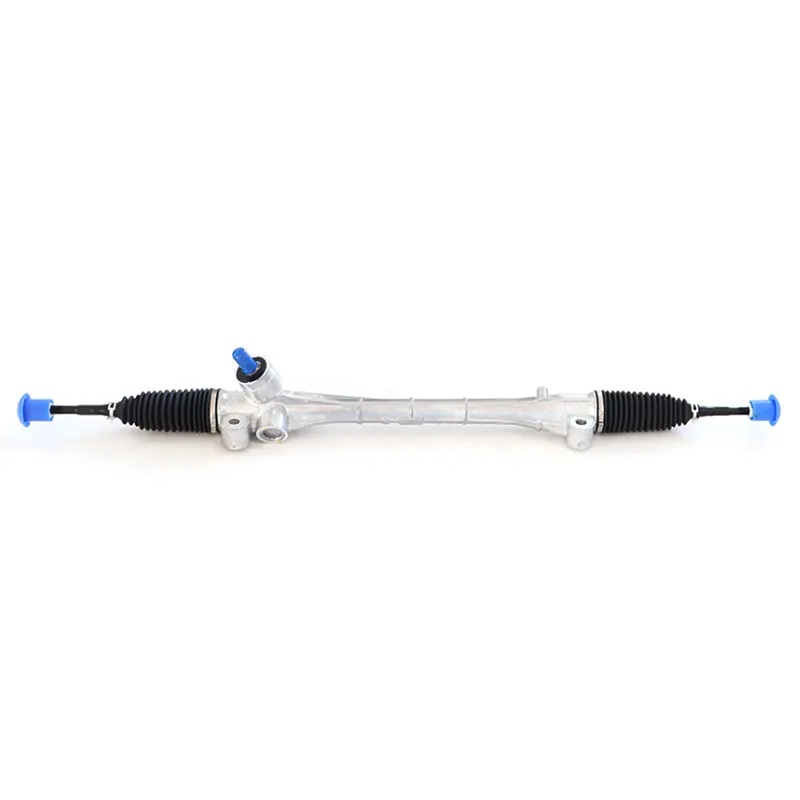Navigating Precision: The Ingenious Working Principle of Rack and Pinion Steering
2023-12-28
Introduction
Behind the smooth turns and precise control of your vehicle lies a marvel of engineering—the rack and pinion steering system. In this blog, we embark on a journey to unravel the fundamental working principle of this ingenious mechanism, exploring how it transforms your steering inputs into seamless and responsive movements on the road.
The Basics: Rack and Pinion Steering Explained
At its core, the rack and pinion steering system is designed to convert the rotational motion of the steering wheel into linear motion, ultimately steering the vehicle. Let's break down the essential steps that define the working principle of this system.
1. The Components:
The rack and pinion system consists of two primary components—the rack and the pinion. The rack is a linear bar with teeth along its length, while the pinion is a gear connected to the steering column.
2. Initiating the Turn:
When you turn the steering wheel, the motion is transmitted to the pinion gear. As the pinion rotates, its teeth engage with the teeth on the rack, converting the rotational input into linear motion along the length of the rack.
3. Linear Motion of the Rack:
As the rack moves linearly, it imparts a lateral force to the tie rods connected to the vehicle's front wheels. This force causes the wheels to turn in the desired direction, initiating the turn of the vehicle.
4. Steering Ratio:
One notable feature of the rack and pinion system is its consistent steering ratio. The linear movement of the rack corresponds directly to the rotation of the pinion gear, providing a predictable and uniform steering feel throughout the range of motion.
5. Alignment and Stability:
The synchronized movement of the front wheels ensures proper alignment, contributing to vehicle stability and even tire wear. The simplicity and directness of the rack and pinion design promote a responsive and controlled driving experience.
6. Integration with Power Steering:
In many modern vehicles, the rack and pinion system is integrated with power steering for enhanced ease of use. Power steering assists in turning the wheels by applying hydraulic or electric assistance to the steering mechanism, reducing the effort required from the driver.
7. Return to Center:
After completing a turn, the rack and pinion system returns the wheels to the straight-ahead position, aided by the geometry of the system. This self-centering feature contributes to the vehicle's stability and driver comfort.
Conclusion:
In conclusion, the brilliance of the rack and pinion steering system lies in its simplicity, precision, and efficiency. As you turn the steering wheel, the seamless interaction between the rack and pinion translates your input into the controlled and responsive movement of your vehicle. The rack and pinion system represents a pinnacle of engineering ingenuity, offering drivers a direct and intuitive connection with the road—a connection that embodies the essence of precision steering.



